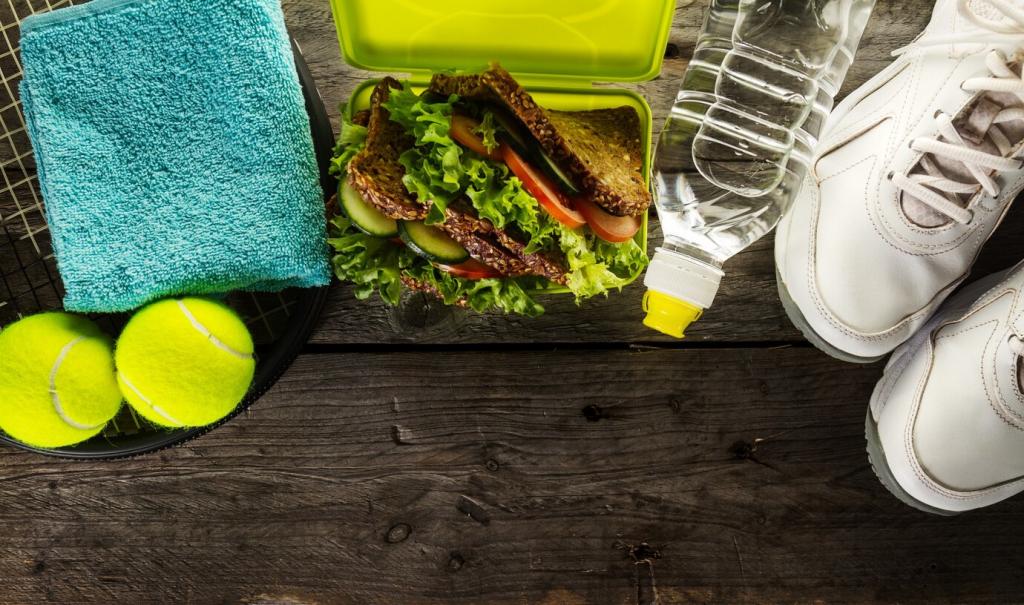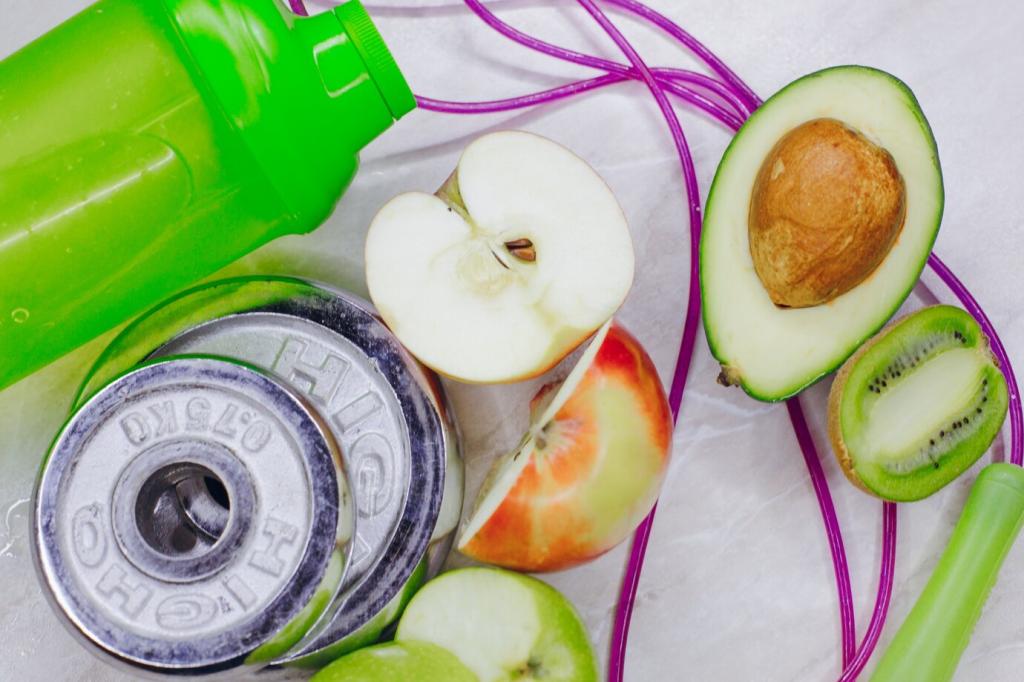Chosen theme: High-Performance Diets for Competitive Athletes. Step into a space where smart nutrition turns training into triumphs. We blend science, stories, and practical tips so you can fuel consistently, adapt confidently, and compete courageously. Join, subscribe, and share your breakthroughs.
Carbohydrates: The Critical Race Fuel
Carbohydrates replenish muscle and liver glycogen, sustaining pace and preserving decision-making under pressure. Most athletes thrive on 5 to 8 grams per kilogram on training days, with strategic 8 to 12 for carbohydrate loading. Test sources, adjust fiber, and share what works.
Protein: Repair, Remodel, and Get Stronger
Protein drives repair and adaptation, especially when spaced across the day. Target about 0.3 grams per kilogram each meal, 1.6 to 2.2 grams per kilogram daily, and aim for roughly 2 to 3 grams of leucine per feeding. What timing boosts your recovery?
Fats: Endurance, Hormones, and Satiety
Dietary fats support long-duration efforts, hormone balance, and brain function. Keep roughly 20 to 35 percent of calories from quality sources like olive oil, nuts, seeds, and fatty fish. Do not cut too low. Try omega-3s, track trends, and report your experiences.
Know Your Sweat Rate and Sodium Needs
Weigh before and after sessions to estimate sweat rate and fluid targets. Sodium losses vary widely, commonly around 500 to 1000 milligrams per liter, but heavy sweaters may exceed 1500. Build a plan and refine it across conditions. What did your testing reveal?
Heat Acclimation and Cooling Tactics
Seven to fourteen days of progressive heat exposure improves plasma volume and reduces strain. Pre-cooling with slushies, ice towels, or cold vests helps keep pace steady. Post-session sauna can reinforce adaptations. Which cooling method feels most effective for you?
A Cramp Story with a Simple Fix
A time trialist we worked with cramped every hot race. After sweat testing, we increased sodium and staged fluids earlier. Cramping vanished, pacing stabilized, and confidence returned. Share your cramp solutions and help another athlete finish stronger.


Micronutrients, Immunity, and Recovery Quality
Low ferritin quietly limits endurance. Female and high-mileage athletes are especially at risk. Combine heme sources with vitamin C for absorption, or pair plant sources intelligently. Vitamin D supports bone and immunity. Get labs regularly and share how monitoring changed your season.
Micronutrients, Immunity, and Recovery Quality
Large supplemental antioxidant doses around training can blunt adaptations. Favor whole-food polyphenols like berries, cocoa, and tart cherry, timed away from key sessions or blocks. Notice recovery signals, compare logs, and let us know what timing feels best for you.
Energy Availability and RED-S Awareness
Insufficient energy availability increases injury risk, impairs hormones, and blunts training adaptations. Aim to avoid chronic low intake and monitor mood, menstrual health, and performance markers. Small, sustainable changes beat drastic cuts. What warning signs have you learned to spot early?
Practical Strategies for Safe Reductions
Favor gradual changes of about 0.5 to 1 percent body mass weekly. Use high-volume, nutrient-dense foods, and plan low-residue days carefully before weigh-ins. Practice travel meals and hydration routines. Share packing lists or recipes that make your plan simple on the road.
A Lightweight Athlete’s Rebound Story
One lightweight rower reversed chronic fatigue by slowing the cut, raising protein, and targeting recovery carbs around key sessions. Power returned, and splits dropped. Have you experienced a similar turnaround? Tell us what adjustment mattered most.
High-Performance on a Plant-Forward Plate
Protein Quality and the Leucine Threshold
Combine legumes and grains, leverage soy or pea isolates, and target around 25 to 40 grams per meal. Hit approximately 2 to 3 grams of leucine to drive muscle protein synthesis. What combinations keep your meals satisfying and training-ready?
Micronutrient Must-Knows for Plant-Based Athletes
Supplement vitamin B12, pair iron with vitamin C, and track zinc, iodine, and calcium. Consider creatine and beta-alanine if dietary intake is lower. Build meals that match your sport’s demands and share your favorite fortified staples with the community.
Case Study: The Negative Split Marathon
A marathoner shifted plant-forward, focused on leucine-rich breakfasts, and added evening tart cherry. Negative splits followed and recovery soreness dropped. Have you tried similar tweaks? Post your meal plan and inspire another athlete’s breakthrough.


Evidence-Based Ergogenic Aids
Caffeine at 3 to 6 milligrams per kilogram, creatine monohydrate at 3 to 5 grams daily, beta-alanine at 3.2 to 6.4 grams split doses, and dietary nitrates from beets can all help. Trial them early and log responses carefully.
Evidence-Based Ergogenic Aids
Skip proprietary blends and unverified claims. Use third-party tested products such as NSF Certified for Sport and review the WADA list. Protect your eligibility and peace of mind. What verification steps are nonnegotiable for you?
